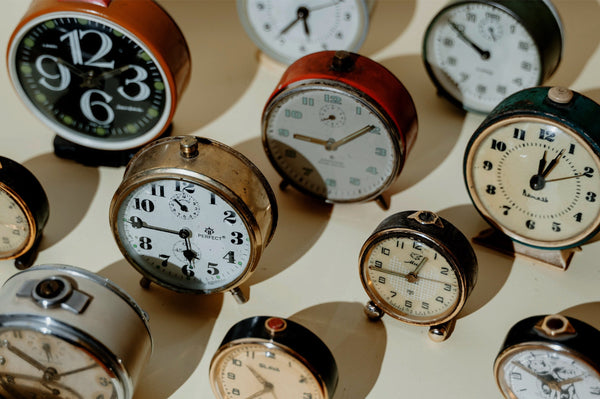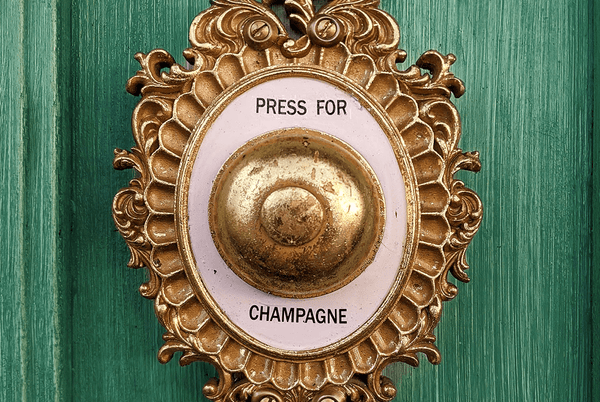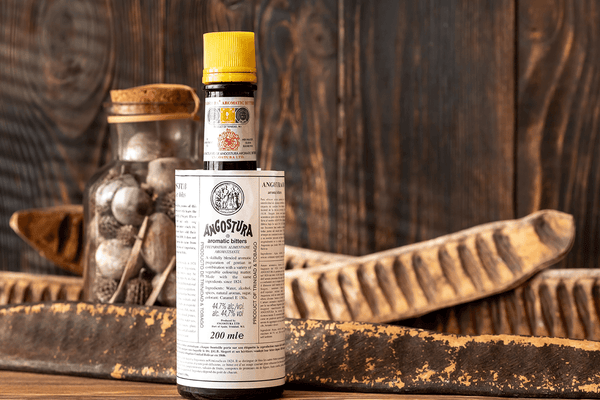NON-CHILL-FILTERED BOURBON
You are in the aisle of your local spirits mega store, and you want something unique. Something different. A difference you can both taste and feel. If you look closely, you might notice “chill filtered bourbon” or “non-chill-filtered bourbon” on the label. Choosing one over the other can make a huge difference...

Core Elements Of Bourbon
The core ingredients (mash bill) in bourbon go through the processes of fermentation, distillation, and barrel aging before being bottled. The byproducts produced culminate to form acetone, tannins, fatty lipids, esters, and other elements. Labeled “congeners,” these extra sediments significantly contribute to the overall texture and flavor of bourbon.
The final aged non-chill-filtered bourbon may endure cold temperature extremes during transportation. At subzero temperatures, the extra sediments (congeners) can potentially change the texture of the bourbon as well as the visual characteristics of the bourbon. The non-chill-filtered bourbon may become hazy with some deposits floating at the bottom. This phenomenon can also happen even at room temperature when water is added to a non-chill-filtered bourbon.
A seasoned bartender might demonstrate this distinction by adding some chilled water to the under-spirited, non-chill-filtered bourbon. That may show the haze in the glass and perhaps what looks like floating lumps at the bottom of the glass. That haziness is due to the extra elements in the non-chill-filtered bourbon.
A great number of bourbon distillers care about the “shelf appeal” of their product, and so – chill-filter their bourbon to prevent any inconsistent visual anomalies that may happen in temperature extremes.
How Chill-Filtration Works
During the chill filtration process, whiskey is cooled down to around 32 degrees Fahrenheit or sometimes an even lower temperature. At this temperature, the extra sediments in the unfiltered bourbon clump together. This process of binding the excess elements is referred to as flocculation, which generally occurs during transport when bottles may be subjected to naturally occurring low temperatures. The large clumps, or “flocs” are filtered off to yield a clear, lighter-bodied liquid. This clear blend then makes its way into bottles and sold in retail locations.
Major distillers usually agree that shelf stability, visual appeal, and consistency are the major benefits of chill-filtered bourbon. However, many bourbon enthusiasts insist the chill-filtration process negatively affects mouthfeel, body, and may even alter natural flavor notes that would otherwise give the bourbon complexity and differentiation.
What Is Non-Chill-Filtered Bourbon?
A non-chill-filtered label on a bourbon bottle indicates that it is indeed something very unique and different form the “usual” big bourbon brands. It means that the whiskey hasn't been subjected to the flocculation process and is not chill-filtered or “non-chill-filtered.” The extra sediments and esters give a rich, creamy texture and sometimes “earthy” or a host of “umami” flavors to the bourbon. In non-chill-filtered bourbon, these natural congeners are not sieved away, rather enjoyed as divine characteristics of the bourbon.
Passionate bourbon whiskey lovers prefer non-chill-filtered bourbon. Even though the chill filtration process prevents haze, many distillers don't prefer it because filtration eliminates the long-chain ester molecules that contribute to the mouthfeel and aroma of bourbon. The same compounds that make the whiskey hazy also contribute to its authentic taste.
When Is Chill Filtration Necessary?
Besides the risk of losing taste, there is another reason why manufacturers don't chill filter some of their products.
Not all whiskey develops a hazy texture when subjected to cold temperatures. According to whiskey makers, haziness only occurs when it is below 92 proof or 46% ABV. Bourbon that is 107 proof or 53.5% ABV or higher won't cloud even at freezing temperatures.
ABV is the standard measurement of alcohol in a given volume of alcoholic beverages. Proof is twice the alcohol content by volume.
Large-scale producers bottle bourbons and ryes above 46% ABV. Most non-chill-filtered bourbons are higher proof (usually past 46% or 92 proof). Overproof spirits are not generally chill-filtered by the manufacturers.
Bourbon with a thin, watery taste that simply has no singularity classifies as an average whiskey. There is enough 40% ABV chill-filtered bourbon on the market that fits this category. Expert whiskey manufacturers are confident about the fact that bourbon won't haze if bottled above the floc point. However, if they had to sell bourbon at 80 proof, they would definitely chill filter the drink.
Word of the Market
Market surveyors say that the texture of bourbon matters as much as the flavor. Depending on the market demand, manufacturers choose between retaining maximum taste or ensuring that the whiskey looks clear. A select few distillers have found ways to achieve both. Chill-filtered and non-chill-filtered are generally regarded as cosmetic metrics to those who are not educated on bourbon nuances.
It's like the farm-to-table food options where organic, fresh vegetables are plucked right before you dine. The vegetable or fruits may not have a shiny, spotless appearance, but when served, you can clearly taste the authentic aura of freshness, unadulterated with chemicals and preservation processes.
Consumers accustomed to authentic spirits don't prefer chill-filtration. They don't balk at sediments at the base of their bottle. They like those distinct flavors imparted by the various ingredients. It is bourbon raw, in the wild, the way it was meant to be.





